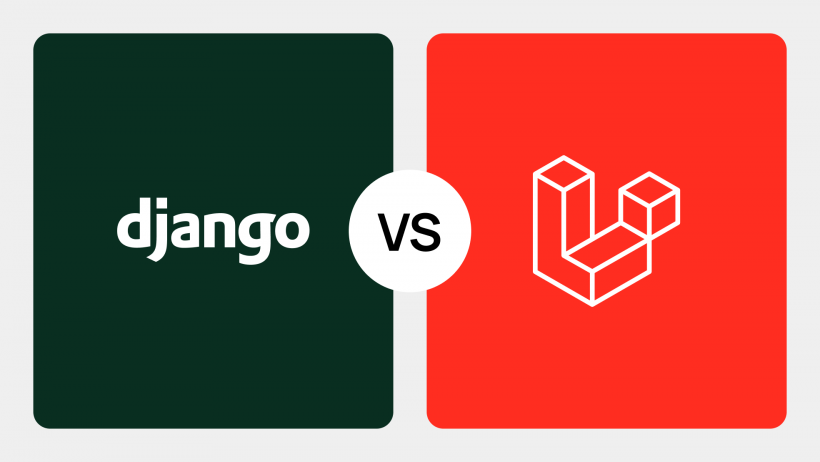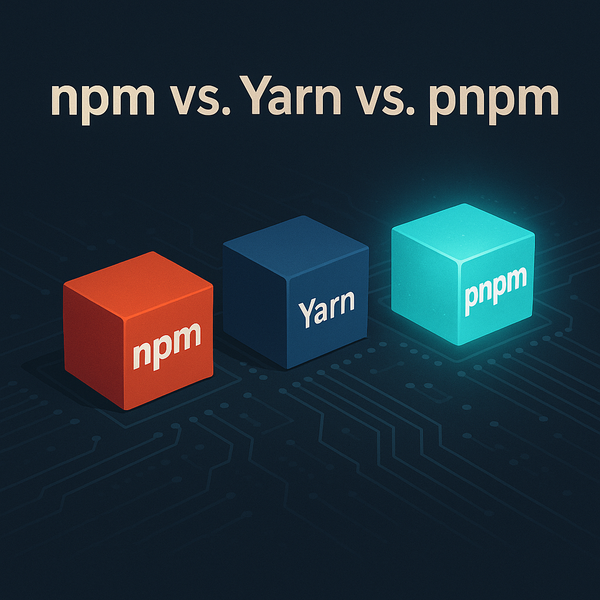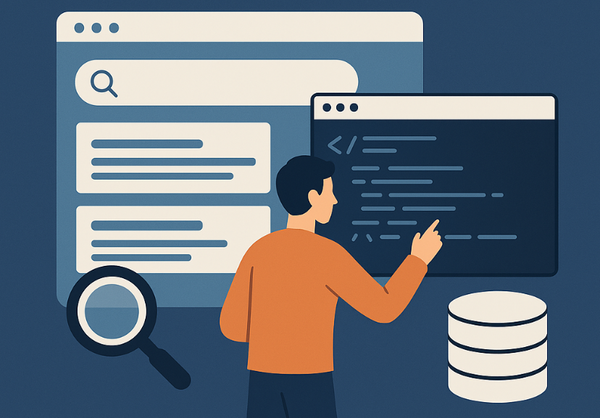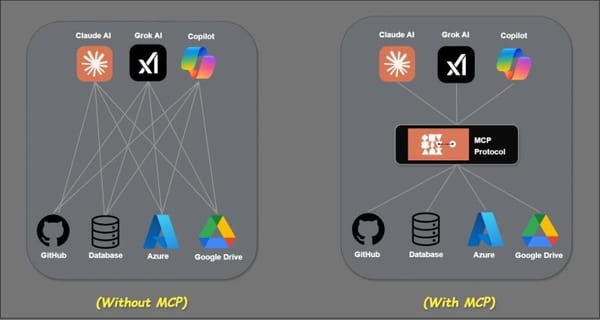Microfrontend Frameworks

Microfrontend frameworks provide a range of benefits and help address various challenges in frontend development
They enable the modularization of frontend applications. By breaking down a monolithic frontend into smaller, independently deployable modules, teams can work on different parts of the application in parallel. This promotes code reusability, maintainability, and scalability.
And with microfrontend frameworks, teams can work independently on different microfrontends using their preferred technologies and frameworks. Each microfrontend can have its own development lifecycle, allowing teams to release updates and bug fixes without affecting other parts of the application.
Microfrontend frameworks support the use of different frontend technologies within a single application. This allows teams to choose the most suitable technologies for their specific microfrontend, based on factors such as performance requirements, developer expertise, or compatibility with external libraries.
Microfrontend frameworks help optimize performance by allowing lazy loading of microfrontends. Only the necessary microfrontends are loaded when needed, reducing the initial load time and improving overall performance.
Microfrontend frameworks offer features for communication and integration between microfrontends. This includes mechanisms for sharing data, events, and state across different microfrontends. This enables seamless collaboration and coordination between microfrontends, ensuring a cohesive user experience.
Here are a few popular microfrontend frameworks:
1-Single-SPA (Single-Page Application): Single-SPA is a JavaScript framework for building microfrontends. It provides a flexible and agnostic approach to composing multiple frontend applications into a single, cohesive user experience. Single-SPA handles the routing and lifecycle management of microfrontends, allowing them to work together seamlessly.
2-Webpack Module Federation: Webpack Module Federation is a feature of Webpack, a popular JavaScript module bundler. It allows you to dynamically load and share modules across multiple applications at runtime. With Webpack Module Federation, you can create microfrontends that can be independently developed and deployed, while still being able to share code and resources.
3-OpenComponents: OpenComponents is a microfrontend framework that focuses on component-based development. It allows you to build, share, and reuse UI components across different applications. OpenComponents provides a registry for hosting and discovering components, along with tools for managing dependencies and versioning.
These frameworks help address the challenges of building and maintaining large-scale frontend applications by promoting modularity, reusability, and independent deployment of frontend modules. They facilitate collaboration among teams, enable technology diversity, and provide mechanisms for seamless integration and communication between microfrontends.





